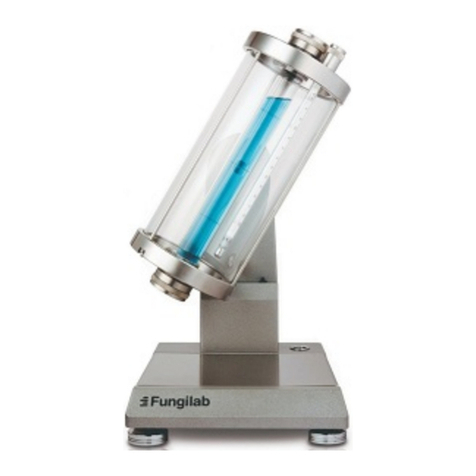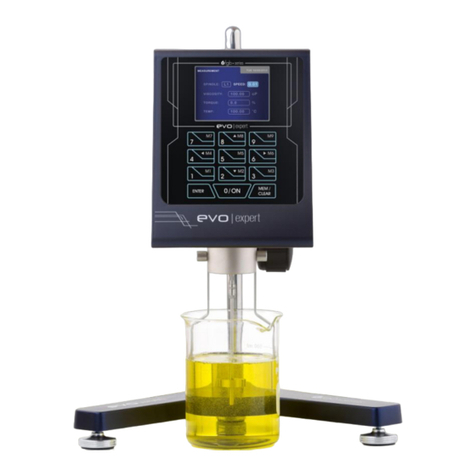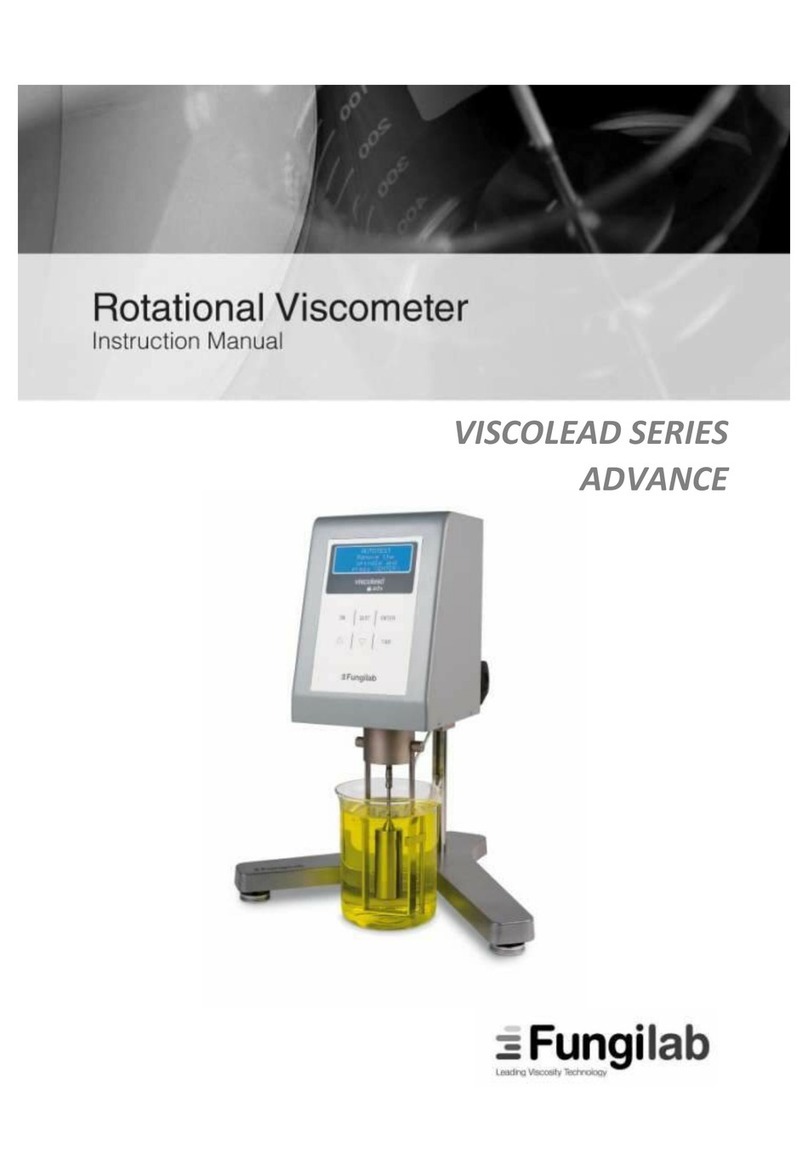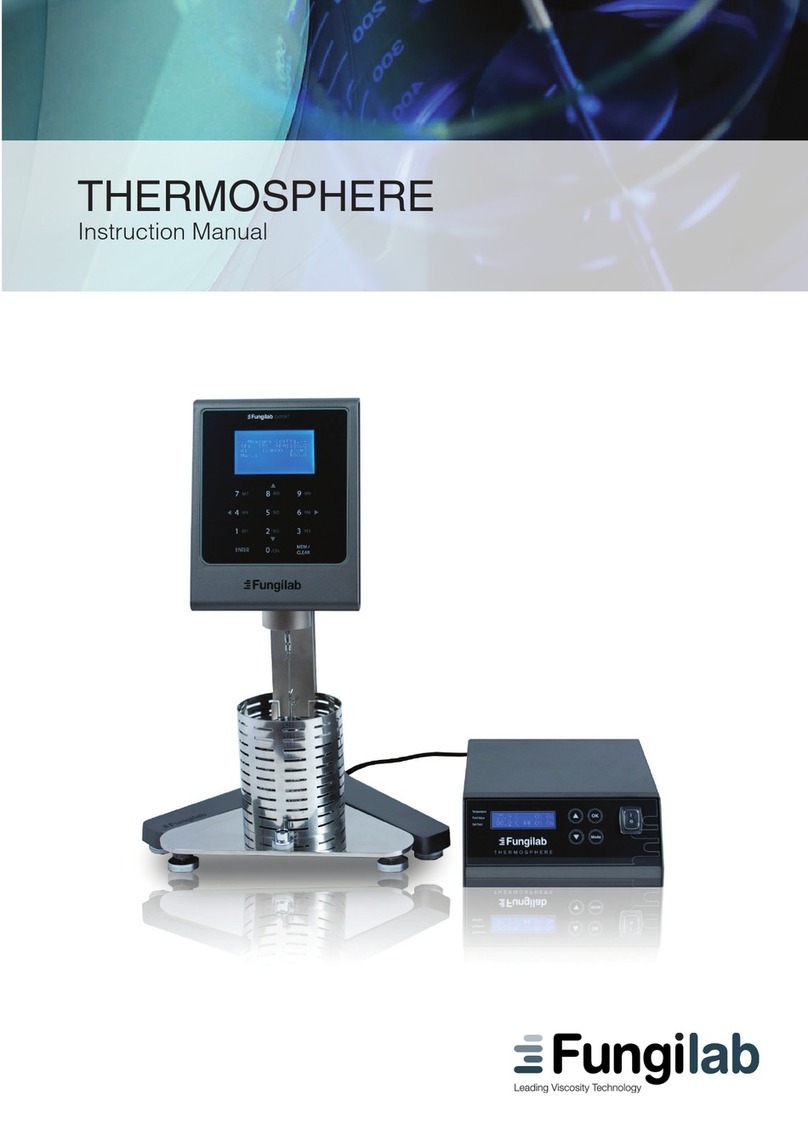
VPAD Manual 4/47
INDEX
INDEX..................................................................................................................................................................4
1. Introduction ..................................................................................................................................................5
2. Safety Instructions ........................................................................................................................................5
3. Safety Symbols and Precautions ...................................................................................................................6
4. Utilities..........................................................................................................................................................6
5. Specifications ................................................................................................................................................7
6. Conditions for use.........................................................................................................................................7
7. Maintenance...................................................................................................................................................7
8. Equipment presentation.................................................................................................................................9
9. Equipment Description .................................................................................................................................11
9.1 Equipment set-up .......................................................................................................................................13
10. Important rheological information.............................................................................................................14
11. Accessories .................................................................................................................................................19
11.1. Low viscosity adapters (LCP and LCP/B) ..................................................................................................19
11.1.1 Mounting ...............................................................................................................................................20
11.1.2 Dismounting and cleaning .....................................................................................................................21
11.1.3 Technical specification for LCP accessories ...........................................................................................21
11. 2. Small sample adapters APM and APM/B ................................................................................................22
11. 2. 2 Dismounting and cleaning ...................................................................................................................24
11. 2. 3 Technical specifications of APM and APM/B .......................................................................................24
11.3 HELDAL UNIT –Helicoidally Movement Unit ............................................................................................26
12. Model/Spindle correspondence tables.......................................................................................................29
13. Model/spindle/oil calibration tables ..........................................................................................................31
14. VPAD L standard spindle selection table ....................................................................................................32
15. VPAD L Special aerial spindle selection table .............................................................................................33
16. VPAD L Special spindle selection table .......................................................................................................34
17. VPAD L LCP Adaptor table ..........................................................................................................................35
18. VPAD L special Vane spindle selection table...............................................................................................36
19. VPAD L special Heldal spindle selection table ............................................................................................37
20. VPAD R standard spindle selection table....................................................................................................38
21. VPAD R Special spindle selection table.......................................................................................................39
22. VPAD R LCP Adaptor table ..........................................................................................................................40
23. VPAD R special Vane spindle selection table ..............................................................................................41
24. VPAD R special Heldal spindle selection table ............................................................................................42
25. VPAD H standard spindle selection table ...................................................................................................43
26. VPAD H Special spindle selection table.......................................................................................................44
27. VPAD H special Vane spindle selection table..............................................................................................45
28. VPAD H special Heldal spindle selection table............................................................................................46
WARRANTY CERTIFICATE ..................................................................................................................................47































